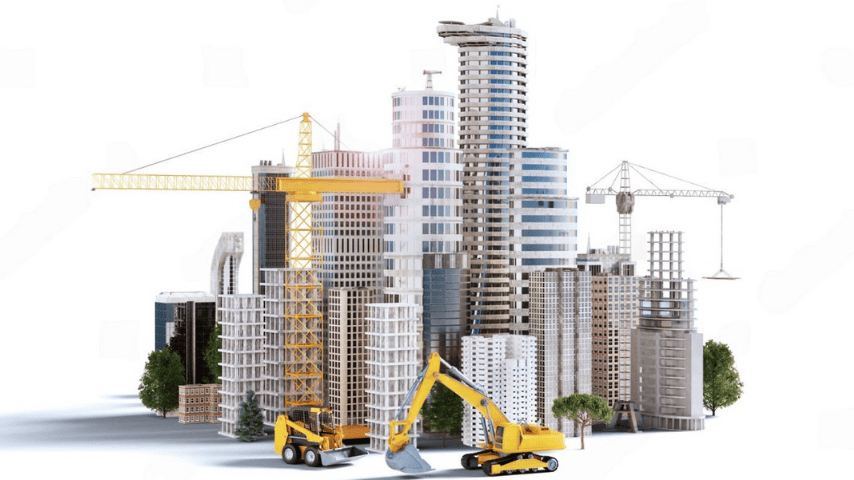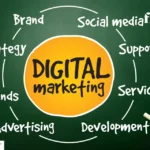Functional model making is a hands-on process that plays a vital role in engineering education. It allows students to turn theoretical knowledge into real-world applications. In Dubai, mechanical engineering students use this method in capstone projects and classroom assignments. These models help demonstrate how machines move, react, and perform. To achieve this, students rely on specific tools and technologies that bring motion into their prototypes.
This article explores what tools are used in functional model making Dubai for mechanical engineering students to demonstrate motion. It highlights key instruments, devices, and materials that enable models to move and function like real systems.
3D Printers for Moving Parts
3D printing is one of the most common tools used in functional model making Dubai. It allows students to create gears, joints, levers, and linkages with high precision. In Dubai, many universities and makerspaces are equipped with advanced 3D printers. These printers use materials like PLA or ABS plastic, which are lightweight yet strong.
Students can design moving parts in CAD software and print them quickly. This helps them test motion mechanics like rotation, sliding, and tension. 3D printing also enables rapid prototyping. If a part does not move as intended, students can redesign and print again without high costs.
CNC Machines for Precision Components
CNC machines are computer-controlled tools that cut, shape, and drill materials with great accuracy. In Dubai, many engineering labs offer access to CNC routers and milling machines. These are useful when models need metal or wood parts that require exact dimensions.
Mechanical systems often include rotating shafts, support arms, and mounting brackets. CNC machines help students make these parts for smooth motion. When combined with sensors and motors, CNC-cut parts add stability and strength to the model.
Arduino Boards for Motion Control
Arduino boards are microcontrollers that allow students to program how a model moves. These are widely used in functional model making Dubai for mechanical engineering students to demonstrate motion. Students can connect motors, sensors, and switches to the board and write simple code to control them.
For example, they can build a robotic arm that responds to commands or a small car that follows a path. Arduino kits are affordable, flexible, and supported by a large online community. In Dubai, many academic institutions offer Arduino training as part of their engineering programs.
DC Motors and Servo Motors
Motors are essential for creating motion in functional models. Students in Dubai often use DC motors for continuous rotation. These are useful in fans, wheels, or conveyor belt models. Servo motors, on the other hand, are used when controlled angles are needed. These are common in robotic arms, valves, and adjustable joints.
Both types of motors are available in various sizes. They can be easily integrated with microcontrollers. Students can program the speed, direction, and rotation angle to match their design needs.
Laser Cutters for Mechanical Frames
Laser cutters use focused light beams to cut or engrave materials. In functional model making, laser cutters help students design frames, bases, and moving panels. These tools are especially helpful when using acrylic, MDF, or cardboard.
Dubai’s model making workshops often include laser cutting services for students. The clean edges and precision help in making smooth joints and slot mechanisms. These are crucial for consistent motion and system stability.
Ball Bearings and Axles
When creating moving models, reducing friction is important. Ball bearings and axles help in achieving this. Students can place bearings between rotating parts to ensure smooth and efficient motion. They are used in gear trains, pulley systems, and rotating drums.
Axles serve as shafts for wheels or joints. They keep the movement stable and aligned. In Dubai, local hardware stores and engineering labs supply these components in different sizes and materials.
Linkages and Gear Sets
Linkages are mechanical assemblies that transfer motion from one part to another. They can change direction, amplify force, or convert motion type. Gear sets are often used to control speed and torque. Mechanical engineering students use these tools to demonstrate principles of motion transmission.
In Dubai, students can access readymade gear kits or create custom ones using 3D printing or CNC cutting. These kits include spur gears, bevel gears, and worm gears.
Pneumatic and Hydraulic Kits
Some capstone projects require the use of air or fluid pressure to demonstrate motion. Pneumatic and hydraulic kits are used for this purpose. These kits help students simulate real-world systems like brakes, lifts, or robotic grippers.
In Dubai, these tools are often available in advanced mechanical engineering labs. They provide a clear understanding of force multiplication and pressure dynamics. This adds complexity and realism to student projects.
Software Tools for Simulation
Before building physical models, students use software to simulate motion. Programs like SolidWorks, Fusion 360, and ANSYS help in visualizing how parts move. These tools also predict stress points, speed, and efficiency. Once the simulation is complete, students can move on to building the actual model.
In Dubai, most engineering courses include software training. This ensures that students design models that function as expected when built.
Conclusion
Understanding what tools are used in functional model making Dubai for mechanical engineering students to demonstrate motion is essential. From 3D printers and CNC machines to motors, microcontrollers, and bearings, each tool plays a unique role. These tools allow students to build models that move, respond, and perform like real systems.
Dubai’s educational infrastructure provides access to modern labs and expert guidance. This empowers students to create high-quality functional models. As a result, they gain valuable experience in design, testing, and real-world problem-solving. Motion is more than just movement—it’s a lesson in precision, creativity, and engineering excellence.
Related Reads
- Custom Fitness App Development: Build the Fitness App Your Users Actually Want
- CDG to Disneyland Paris Private Transfer – Luxury, Fast & Hassle-Free Travel in 2025
- Custom Sandwich Paper for Cafes & Delis
- Adarsh Primrose – The Ideal 2 BHK Address in East Bangalore
- Let’s Get Deep Inside Monthly Instagram Likes Online
- How Gondola Racks Improve Store Organization and Sales



